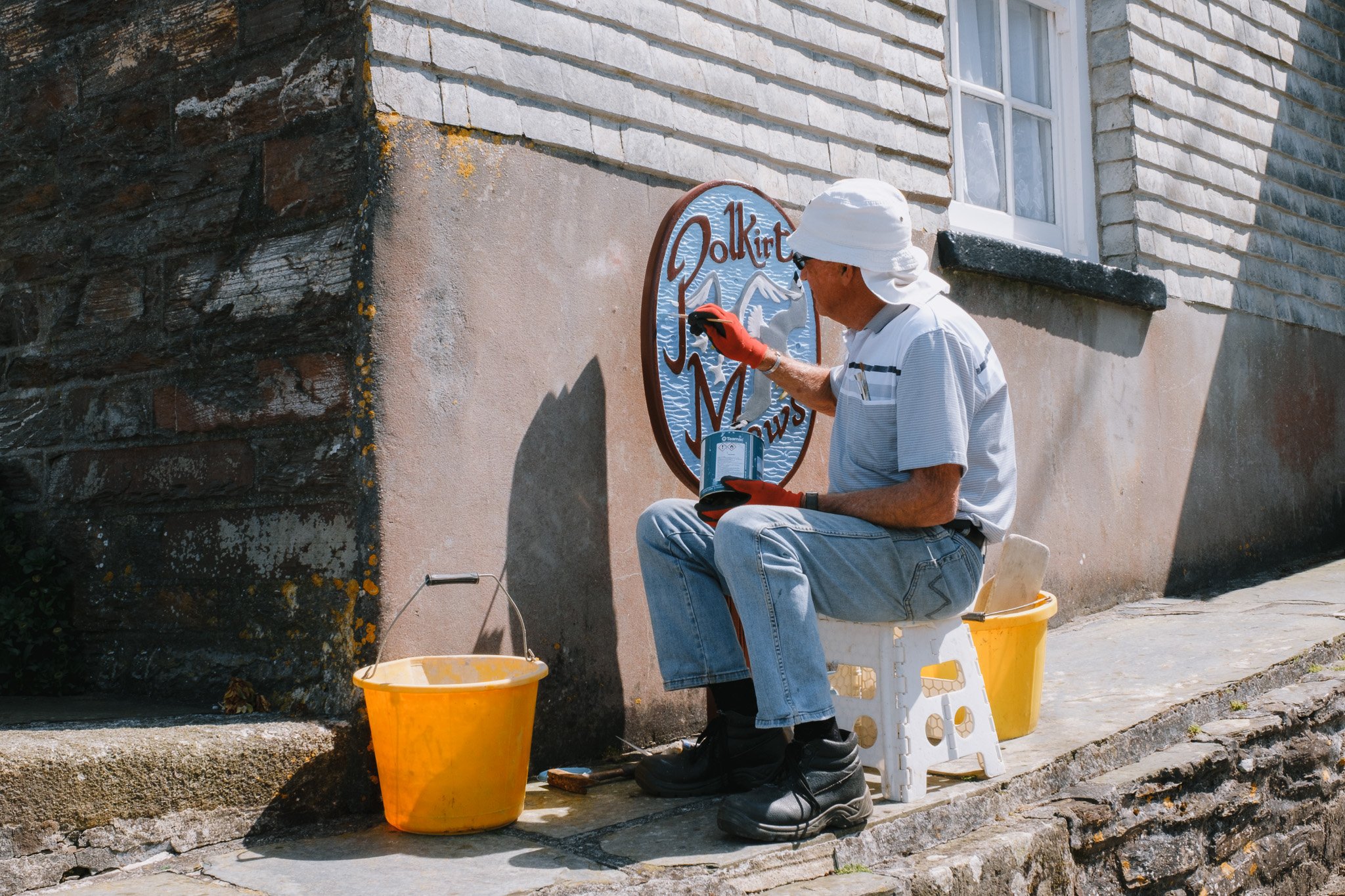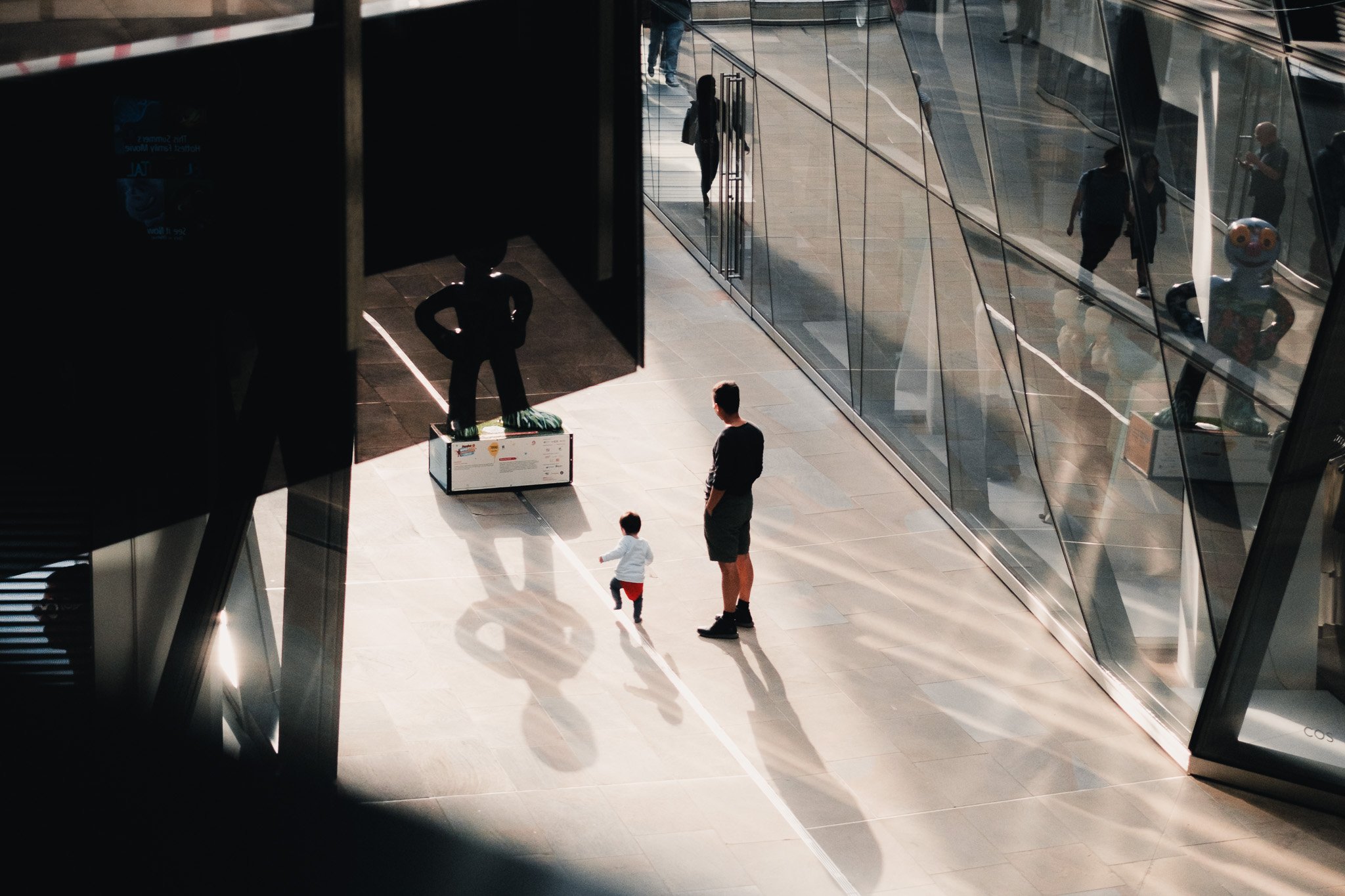Is Street Photography Legal & Ethical?
Street photography as a genre has seen enormous growth and is becoming ever more popular. A large number of photographers are picking it up and for good reason.
I believe this rise in popularity has mostly happened due to access to affordable cameras and the growth of this genre on social media helping it reach more people. It is also the easiest type of photography to get into. Most people live in cities or towns of some sort. You don’t need fancy gear. You don’t need expensive post processing software. You don’t need to travel miles or wait for the perfect conditions. You can just walk outside and start.
With such a huge uptake in street photography, many people are asking whether what they are doing is ethical or even legal. Let’s address the legal side first. For obvious reasons I have to state that this blog is in no way legal advice and is for entertainment purposes only. Also I can only really speak for the UK where I am from.
In the UK it is perfectly legal to take photos on public land. You do not need permission or any permit to shoot. Where things get complicated is on private land. Private land is not necessarily someone’s home. Many locations that one would think are public, are actually private. For example Canary Wharf, Covent Garden, St Paul’s, More London and the list goes on. Although many tourists visit and take photos each day, they can be stopped by security and asked why they are taking photos. Of course these examples are popular tourist destinations so in most cases photography is allowed.
In other countries things can be different. Some places like the US also have relaxed laws around this. Other locations such as the UAE have extremely strict rules. Europe is a mixed bag. So depending on where you are, things will be different. Do your research and know the rules inside out.
Now let’s talk about ethics. This is a more complicated and nuanced topic because what might seem moral and ethical to one person, can be totally inappropriate to someone else. I am by no means a saint however I would like to believe that my morals are in the right place. Although I will share my viewpoint, please read it with an open mind.
Why
The first step I do is identify why am I taking this photo. What is the purpose and why is a photo of that specific person or group of people necessary. I am simply documenting life within a given environment. The goal of the photos is to showcase the beauty of the place and the people.
Another reason would be to create a piece of art. For this, I would be extra respectful with identities.
Identities
Generally speaking, I am not interested in having clearly identifiable people. If I do have some visible faces, they will most often be passers by that make up the scene and are not the subjects.
If a person is the main subject, I do my best to keep their identity hidden. This is usually done by silhouetting them, or having their face covered some way or another.
However from time to time I come cross a scene or a person where their identity compliments the photo. In this case I will take a photo but only keep it if the person looks good. In other words if that person was to ask me to see the photo, I would want them to be impressed and not appalled.
No-Go
There are some people that are totally off limits. First up would be homeless or those with disabilities. Those who can’t defend themselves and those who might assume that I just took their photo because of something they might (or might not) have. At no point would I want my photography to make someone feel victimised or bullied.
As for kids, it’s strictly no identities. If I do have kids in the photo, it’s always because they were part of the grander scene and not the subject. For example a silhouetted kid within a space. Furthermore I would only take photos if it is clear I am not singling that kid out.
Getting stopped
This would be a whole separate blog however I will briefly mention it here. The main rule for getting stopped is to be totally honest about who you are and what you’re doing. The second rule is to remain calm and extra polite in your explaining. Be empathetic that 95% of the population has no idea what street photography is. To them you’re a stranger taking their photo with a pro camera. Anyway, as I mentioned, this would be in a follow up blog.












